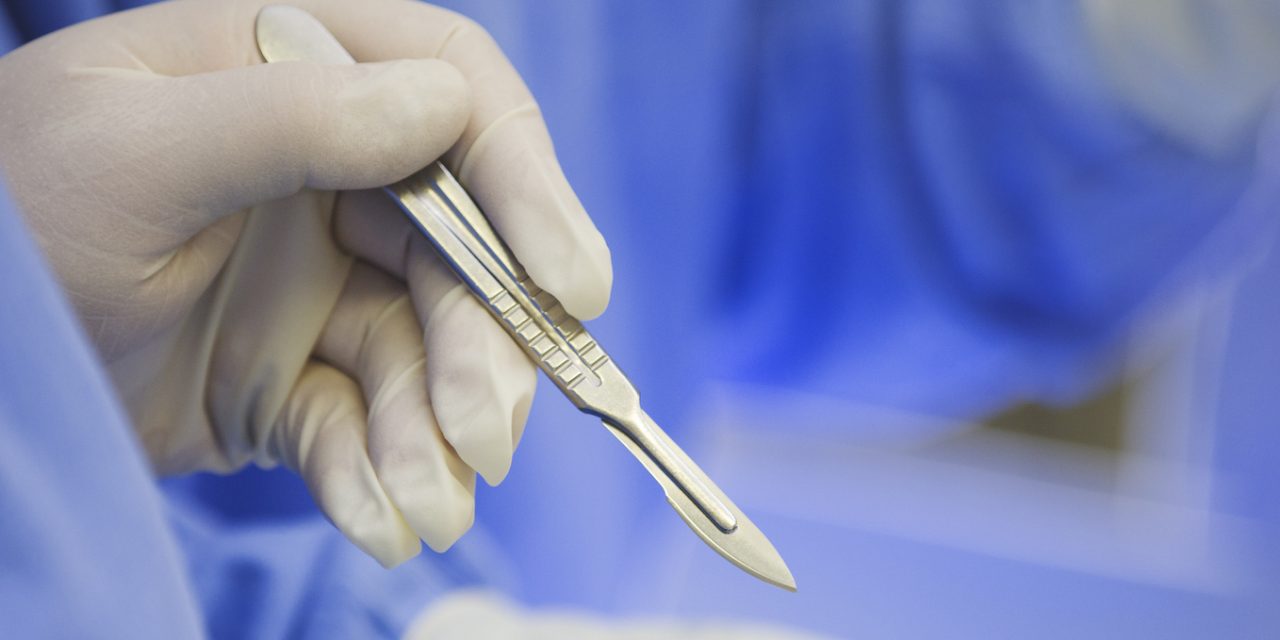Background and objective Cephalic excision of the lateral crus is the most used procedure in rhinoplasty when attempting to make the nasal tip smaller or narrower to improve the definition. However, due to its several drawbacks as external valve collapse, bossae formation, and alar retraction, a technique, known as the Turn-in flap, has been developed to overcome these complications and to provide better aesthetic and functional nasal tip outcomes. Therefore, we conducted this investigation to determine the long-term outcomes of such procedure. Methods During the period from 2007 to 2017, the charts of 120 patients who underwent the Turn-in flap procedure at King Saud University have been reviewed. The study included 42 males and 78 females with a mean age of 23 years. The follow-up duration ranged from one to 10 years with a mean duration of two years. Results The majority (30%) of our patients underwent Turn-in flap procedure due to combined lower lateral cartilage (LLC) convexity and bulbous tip. Satisfactory results have been observed in most cases with no post-operative complications. Only six cases required revision surgery. Conclusions The Turn-in folding of the cephalic part of lateral crus does not only provide functional support to the nose, but it also provides aesthetic improvement of the nasal tip with long-term satisfactory outcomes.Copyright © 2020, Alkarzae et al.
Turn-in Flap: 10 Years’ Experience of a Single Institution in Saudi Arabia.


